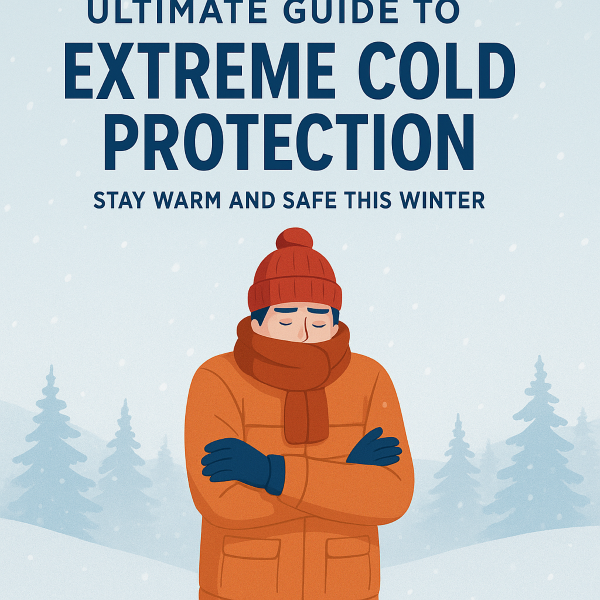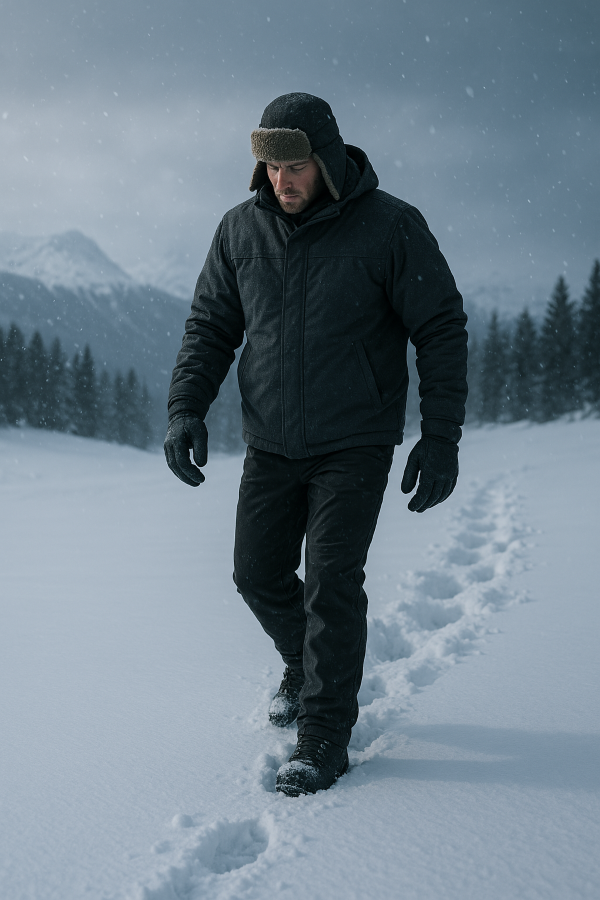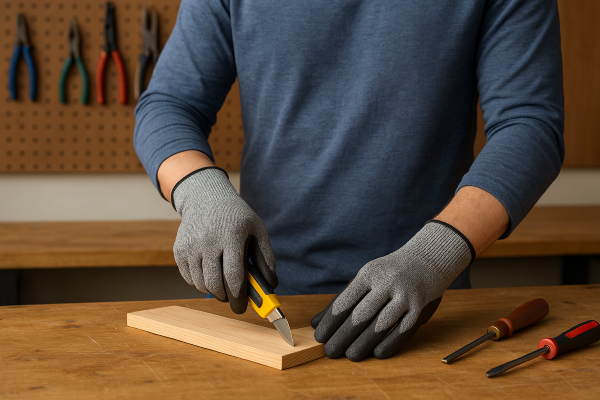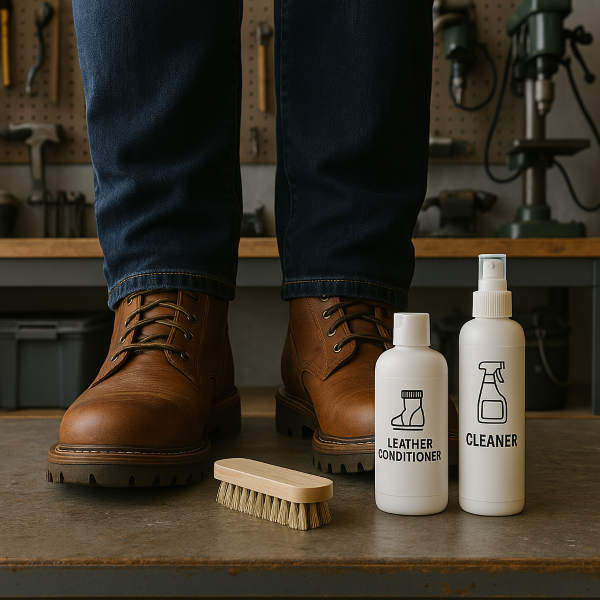A Guide to Overspecs: Ensuring Comfort and Safety with Prescription Glasses
If you wear prescription glasses, you’ve probably encountered a frustrating dilemma: how to stay safe on the job or in hazardous environments without compromising your vision. That’s where overspecs come in—protective eyewear specifically designed to fit comfortably over your prescription glasses.
Whether you’re working in a construction zone, a laboratory, or just tackling a DIY project at home, overspecs can be the difference between clear, safe vision and potential eye injuries. But not all overspecs are created equal—and a poor fit can make them nearly unusable.
In this guide, we’ll dive into everything you need to know about choosing the right overspecs, identifying signs of poor fit, and adjusting them for maximum comfort and protection.
What Are Overspecs?
Overspecs, also known as OTG (over-the-glasses) safety glasses, are designed to be worn over prescription eyewear, providing an extra layer of impact-resistant protection without compromising your vision.
Key Features to Look For:
- Impact Resistance:
Look for certifications like ANSI Z87.1 (USA) or EN 166 (Europe). These ensure the glasses meet industrial safety standards. - Anti-Fog & Scratch-Resistant Coatings:
Ideal for environments with temperature fluctuations or moisture. Keeps your vision clear in all conditions. - UV Protection:
Especially important for outdoor use. Some overspecs block up to 99.9% of UVA and UVB rays. - Comfort-Focused Design:
Adjustable arms, cushioned nose bridges, and lightweight materials make daily wear much more pleasant. - Integrated Side Shields:
Adds lateral protection against flying particles or debris from the sides.
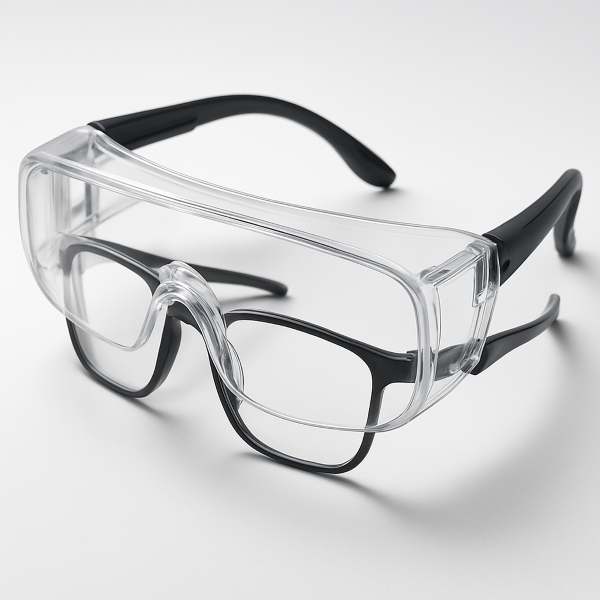
Choosing the Right Overspecs for Your Prescription Glasses
Not all overspecs will fit your glasses—or your face—the same way. Here’s how to nail the fit.
Measure Your Prescription Glasses
Use a ruler or digital caliper to note the following:
- Lens Width (each lens, in mm)
- Bridge Width (distance between lenses)
- Temple Length (arm length from front to ear)
These dimensions will help you compare with overspec measurements.
Compare Dimensions with Overspecs
Ensure the internal dimensions of the overspecs exceed those of your regular glasses by at least a few millimeters for a proper fit—but not so much that they become loose.
Popular Overspec Models and Their Features
| Model | Lens Width | Anti-Fog | UV Protection | ANSI Z87.1 Certified | Side Shields | Comfort Rating |
|---|---|---|---|---|---|---|
| 3M Virtua CCS | 140mm | Yes | Yes | Yes | Yes | ⭐⭐⭐⭐☆ |
| Pyramex OTS | 145mm | Yes | Yes | Yes | Yes | ⭐⭐⭐⭐☆ |
| Uvex Skyper OTG | 150mm | Yes | Yes | Yes | Yes | ⭐⭐⭐⭐⭐ |
| Honeywell Uvex Genesis | 142mm | Optional | Yes | Yes | Yes | ⭐⭐⭐⭐☆ |
| NoCry Over-Glasses | 146mm | Yes | Yes | Yes | Yes | ⭐⭐⭐⭐⭐ |
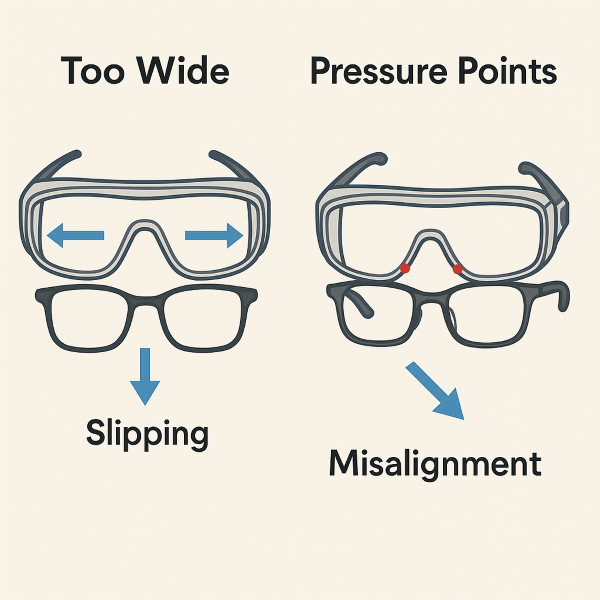
Signs of Poor Fit
Even high-quality overspecs won’t perform well if they don’t fit correctly. Here’s how to tell if something’s off:
If Your Glasses Are Too Big for the Overspecs:
- Excessive Width:
Overspecs bulge out or don’t fully enclose your glasses. - Slipping:
Overspecs slide down your nose, causing discomfort or distraction. - Pupil Misalignment:
Your eyes don’t line up with the center of the lens, reducing visibility and safety.
If Your Glasses Are Too Small for the Overspecs:
- Pressure Points:
You feel tightness at the temples, nose bridge, or behind the ears. - Limited Peripheral Vision:
Overspec frames obstruct side vision. - Improper Sitting:
Overspecs tilt or rest at an odd angle, causing visual distortion.
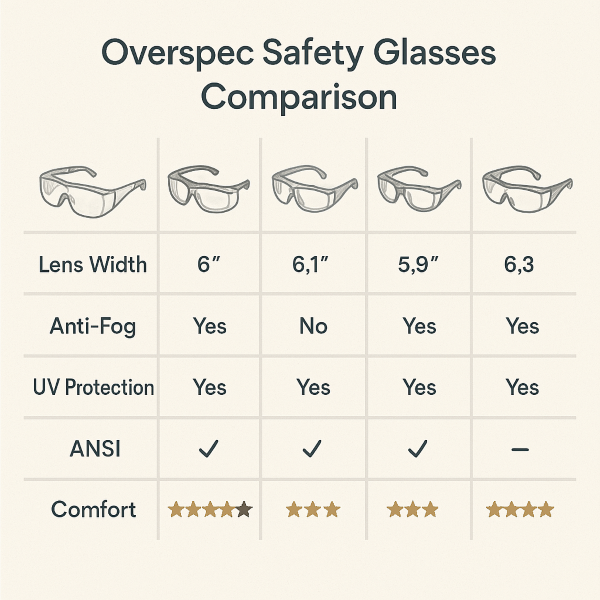
Ensuring a Comfortable Fit
Once you’ve picked the right overspecs, here are some pro tips to fine-tune the comfort and make sure they stay secure—even during movement.
1. Adjusting the Arms
Many overspecs feature extendable or bendable arms. Customize the length and curve to hug your temples just right without creating pressure.
2. Elastic Bands or Hairbands
Adding an elastic strap or even using a soft hairband across the back of your head can help keep the overspecs stable, especially for active jobs or long wear.
3. Wax or Non-Slip Materials
Apply a tiny amount of beeswax or nose grip wax to the inner bridge area to reduce slippage. There are also non-slip silicone strips you can attach for better grip.
4. Keep Glasses Clean
Oil buildup on your nose or lenses can cause overspecs to slide more easily. Regularly clean your glasses with alcohol-free lens wipes to maintain grip.
5. Silicone Nose Pads
Available as adhesive attachments, these pads offer improved cushioning and friction for a snugger feel.
6. Eyeglass Straps or Bands
Especially helpful for outdoor or fast-paced work environments, straps ensure the overspecs don’t fly off unexpectedly.
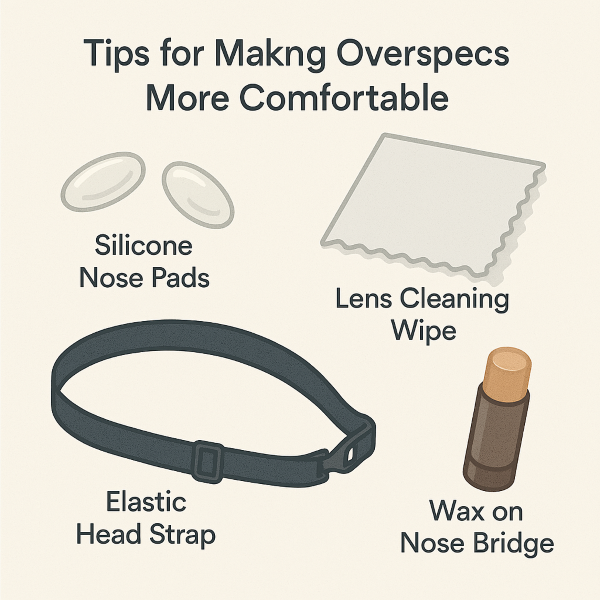
Wearing prescription glasses doesn’t mean you have to sacrifice safety. With the right overspecs, you can enjoy uninterrupted vision and protection in any setting. The key is understanding how to measure, fit, and adjust your overspecs for optimal comfort.
Whether you’re a lab tech, woodworker, or weekend DIYer, investing in the right overspecs will make your work safer, easier, and a lot more comfortable.
Take Action Today
Don’t settle for slipping or pinching safety glasses. Try out the tips above and find overspecs that fit you—and your lifestyle—perfectly. Your eyes will thank you!


